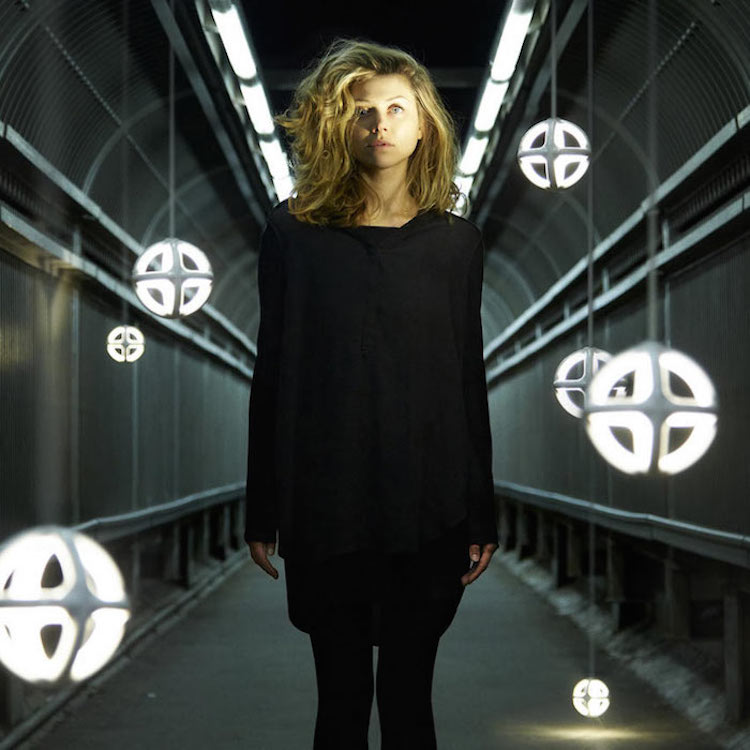If the models in the promotional images for Christo Logan’s two.parts lamps look astonished, it’s only because the lamps are pulling a very clever trick on them.
These pendant lights, seemingly coming to us from a design gallery in the not-too-distant future, have complex spherical shapes that appear to glow from the inside with no discernable light source. The trick is pulled off using a combination of LED lighting and 3D printing. The designer states:
We use 3D printed ceramic and clandestine LEDs to make a new kind of light. Each fixture’s unibody is illuminated as if by an invisible bulb, inverting its perception as the interior surfaces become the light source.
For millennia, ceramic has been used for its strength, plasticity, heat resistance, sustainability and material warmth. Today, digital modeling and fabrication have enabled the unprecedented realization of complex hollow structures. Incorporating the capabilities of each, our fixtures’ internal details conceal and interface with LEDs, wiring, diffusers and custom hardware. After glazing and firing, the perfectly smooth and clean forms show no hint of their computerized origins or the contents within.
The end result is a series of pure ceramic geometries that enigmatically illuminate both themselves and their environment without discernible aid from a light source.
Simplicity is a theme that runs through the different designs, but there are some deceptive exceptions to that rule. I’m thinking particularly of the spherical shapes. The way their different segments link together and the negative space they create makes for a mesmerizing object before the light even turns on. Once that happens though, it’s like seeing the object from the reverse. A new visual experience is concealed within, just waiting for you to flick the light switch.
Bill Rodgers is the Managing Editor of cfile.daily.
Do you love or loathe these works of contemporary ceramics? Let us know in the comments.














Add your valued opinion to this post.